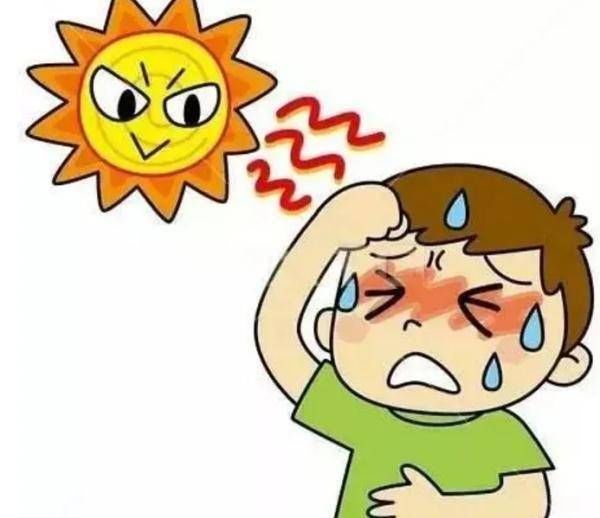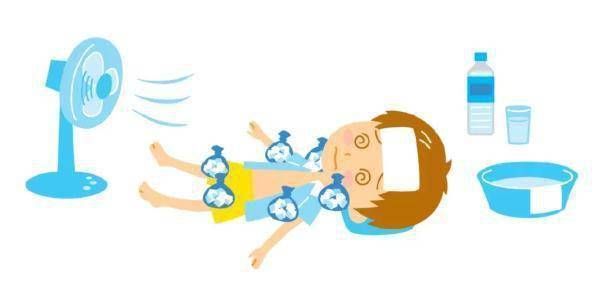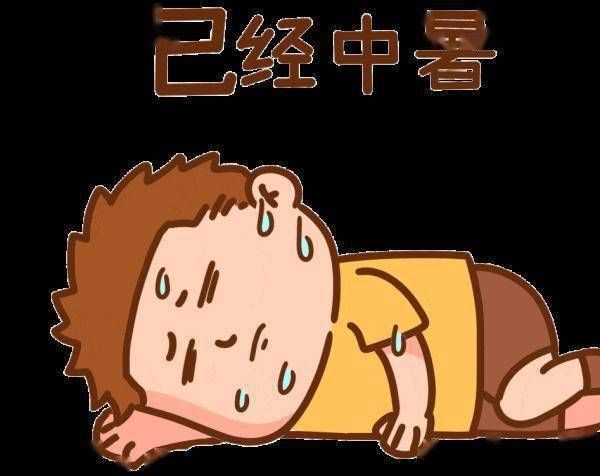This article is transferred from: Guangming.com
How hot is the weather? I bought three shrimps from the vegetable market and cooked them at home. The man broke 6 ribs and had to run to the shade before lying down… Recently, there have been many cases of heat stroke patients and even deaths in many parts of the country. Liu Jihai, deputy director of the emergency department of Peking Union Medical College Hospital, reminded that heat stroke is no trivial matter, and heat stroke is the most serious type of heat stroke, and early intervention is required. If you find yourself or others with heat stroke symptoms, you should quickly go to a cool and ventilated place to rest, and drink mineral water. Once you have symptoms such as low blood pressure, collapse, and confusion, you must seek medical attention as soon as possible.
Who is more prone to heat stroke?
Heat stroke is a very common type of emergency in summer, which is directly related to the weather and is more likely to occur when the weather is hot and/or the air humidity is high. The human body itself has a certain ability to self-regulate, but if you stay in such a high temperature and high humidity environment for a long time, heatstroke may occur, especially for the elderly, children, pregnant women and other special groups with relatively weak body temperature self-regulation ability. Heat stroke is more likely to occur in weather.

What are the types of heatstroke?
According to the severity, it can be divided into threatened heatstroke and heatstroke, and heatstroke can be divided into heat cramps, heat exhaustion and heat stroke according to different clinical manifestations. For the body, this is a continuous process of development. If the initial mild discomfort can be detected and dealt with in time, it will not develop to the most serious situation.
How to deal with heatstroke?
Let’s take a look at the corresponding identification methods and recommended treatment plans given by doctors for different situations of heatstroke.
Threatened heatstroke
Threatened heatstroke sufferers often experience symptoms such as fatigue and dizziness. These symptoms can be completely relieved, and there is no need to worry. However, if it is not detected and treated in time, it may develop into heat stroke.

Heat cramps
Camps are what people call cramps, and human sweat contains a lot of water and sodium Electrolytes such as potassium and calcium, if you sweat a lot in a high temperature and high humidity environment, it will cause a lot of water and electrolyte loss, causing muscle cramps. In addition to feeling dizzy and fatigued, the most prominent manifestation of heat cramps is profuse sweating accompanied by muscle cramps, especially in the leg muscles, especially the calf muscles. Many athletes are prone to leg cramps when competing in a high temperature and high humidity environment, which is the performance of heat cramps.
When heat cramps occur, the key is to let the person with heat cramps quickly transfer to a relatively cool environment to rest, and at the same time replenish water and electrolytes, also known as mineral water. Effectively relieves symptoms of heat cramps.

heat exhaustion
If the above symptoms are not treated in time, the patient may enter into heat exhaustion. exhaustion stage. The most prominent performance at this stage is the drop in blood pressure. The continuous loss of water and electrolytes in the body will cause the blood pressure to drop, which in turn will lead to the deterioration of the patient’s general condition, but the patient’s consciousness is still basically awake at this time. During heat exhaustion, the patient’s ability to regulate their own body temperature decreases, and the patient is often accompanied by moderate to high fever, with a body temperature of 38°C to 39°C. The previous symptoms of dizziness, fatigue, and even cramps may also exist at the same time.
For heat exhaustion, oral rehydration alone may not achieve sufficient effect. In this case, it is necessary to go to the hospital to cooperate with intravenous infusion to rehydrate and replenish electrolytes and other therapeutic measures, and at the same time, effectively reduce the temperature.
Heat stroke
If heat exhaustion has not been intervened and treated in time, as the patient’s body temperature further rises, it often exceeds 40°C, and the patient will appear conscious at this time. handicap, or coma, then develops into the most severe form of heat stroke—heat stroke. According to existing statistics, the mortality rate of heat stroke is about 60% to 70%. Because heat stroke patients are hyperthermic, in the most severe cases, brain cells will be damaged, which will affect the central nervous system, which may cause a series of serious sequelae.
The primary treatment for heat stroke is to reduce the temperature. It is necessary to control the patient’s body temperature within an acceptable range to reduce the continuous damage caused by high temperature. organ function of the patient.